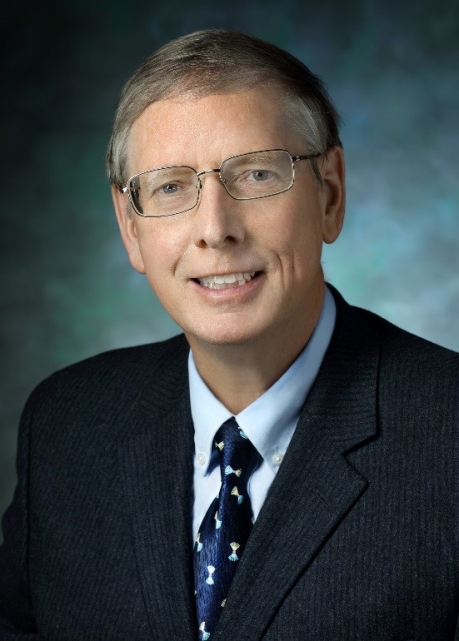
If you would like to learn more about the IAEA’s work, sign up for our weekly updates containing our most important news, multimedia and more.
Wahl, Richard L.
Richard L. Wahl, MD
Wahl is the Elizabeth E. Mallinckrodt Professor and head of radiology at Washington University School of Medicine in St. Louis, director of the university’s Mallinckrodt Institute of Radiology and professor of radiation oncology.
Wahl graduated from Wartburg College in Iowa, majoring in Chemistry. After graduating from Washington University School of Medicine, Wahl interned in internal medicine at the University of California at San Diego School of Medicine. He returned to Washington University in 1979 for training in diagnostic radiology and nuclear medicine. He then joined the faculty at the University of Michigan where he was a professor. He moved to Johns Hopkins University in 2000 where he served as the first Henry N. Wagner Jr. Professor of Nuclear Medicine and chief of nuclear medicine. He joined the faculty of Washington University in 2014.
Wahl’s research played an important role in the development of radioimmunotherapy for non-Hodgkin's lymphoma. He has also been a pioneer in the use of PET scans to diagnose and assess treatment of a broad array of human cancers and other diseases, and he is at the forefront of efforts to combine quantitative data from PET scans with computerized tomography (CT) to form “fusion” images that can help physicians more precisely diagnose and characterize cancers. Wahl and colleagues developed the PERCIST 1.0 criteria for assessing treatment response in cancer.
Wahl is also a world renowned leader in molecular imaging and therapy. Over the past 35 years, his contributions have touched nearly every aspect of the field and spans from the bench to the bedside. Dr. Wahl's strong research and clinical interest contributions in radionuclide therapy led to the development of radiolabeled antibodies for the treatment of lymphoma and the translation of this therapy to patients.
Wahl is an elected member of the National Academy of Medicine and has received honors from multiple organizations. He holds 18 patents and has published more than 400 peer-reviewed scientific manuscripts. He is the primary author of several textbooks, including Principles and Practice of PET and PET/CT. He has a strong interest in quantitative imaging, is on the coordinating committee of the Quantitative Imaging Biomarkers Alliance (QIBA) efforts of the Radiological Society of North America and has been a lead investigator in the Quantitative Imaging Network (QIN) of the National Institutes of Health.
His awards include a U.S. Department of Energy Achievement Award; the de Hevesy, Tetalman, Berson and Yalow and two Alavi-Mandel awards from SNMMI; and the Academy of Molecular Imaging’s Distinguished Scientist Award. He also was named the “Most Influential Radiology Researcher” in 2005 by AuntMinnie.com, a leading website for medical imaging professionals. He has given many named lectureships throughout the world, including the Prendergas New Horizons Lecture at the Radiological Society of North America annual meeting and the Marie Curie Lecture at the European Association of Nuclear Medicine.At the SNMMI 2018 annual meeting, he was awarded both the Georg Charles de Hevesy Nuclear Pioneer Award for his contributions to nuclear medicine as well as the Saul Hertz, MD Lifetime Achievement Award for outstanding contributions to radionuclide therapy. He is currently President elect of the SNMMI.

